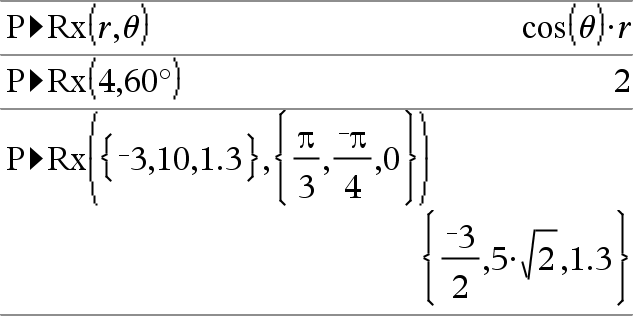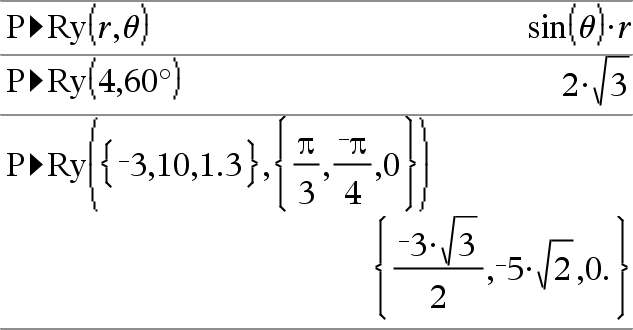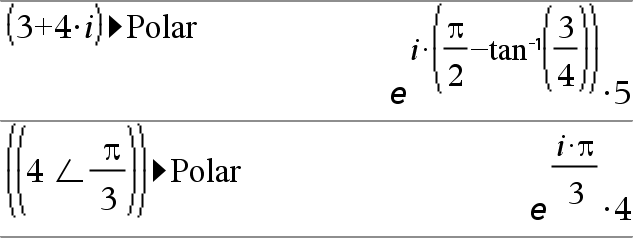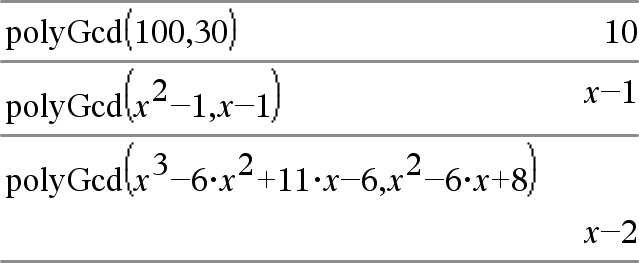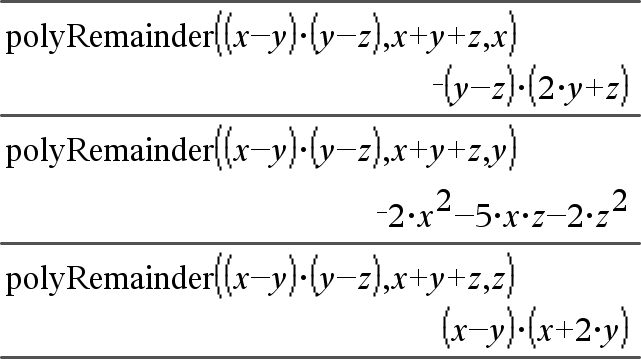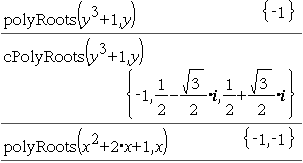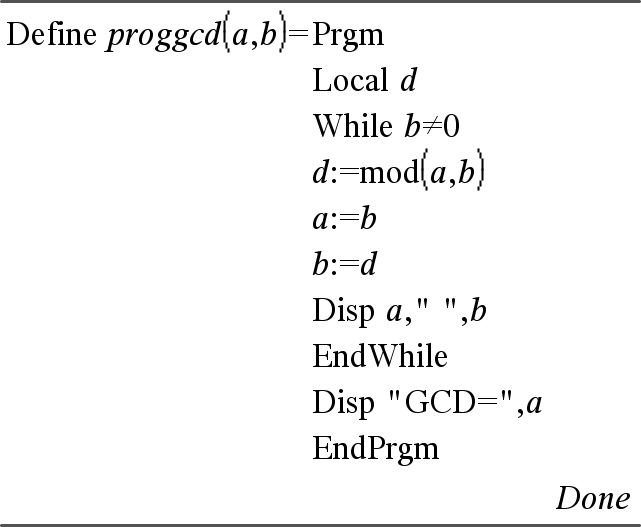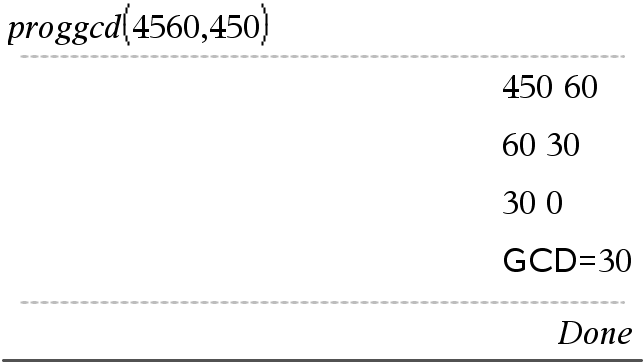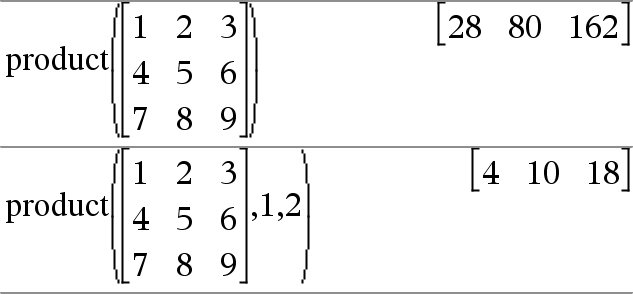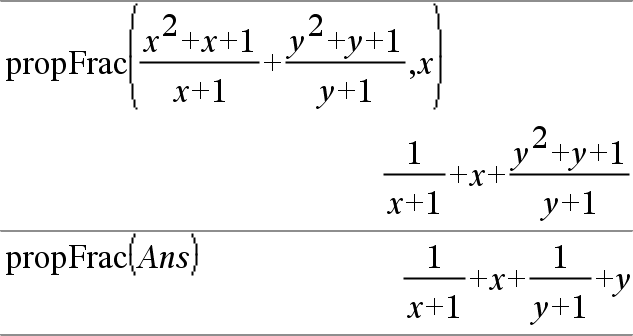Catalog > 
P►Rx(rExpr, θExpr) ⇒ expression
P►Rx(rList, θList) ⇒ list
P►Rx(rMatrix, θMatrix) ⇒ matrix
Returns the equivalent x-coordinate of the (r, θ) pair.
Note: The θ argument is interpreted as either a degree, gradian or radian angle, according to the current angle mode. If the argument is an expression, you can use °, G, or r to override the angle mode setting temporarily.
Note: You can insert this function from the computer keyboard by typing P@>Rx(...).
In Radian angle mode:
